Anyone who has moved boxes of books around knows how heavy they are. To have 600,000 volumes suspended in space is close to a miracle! Biblioteca Vasconcelos in Mexico City achieves this remarkable feat, extending the creative practice of Mexico City architecture by floating its stacks in the air. This unique architectural marvel not only serves as a library but also as a cultural hub, attracting visitors who are eager to experience its stunning design.
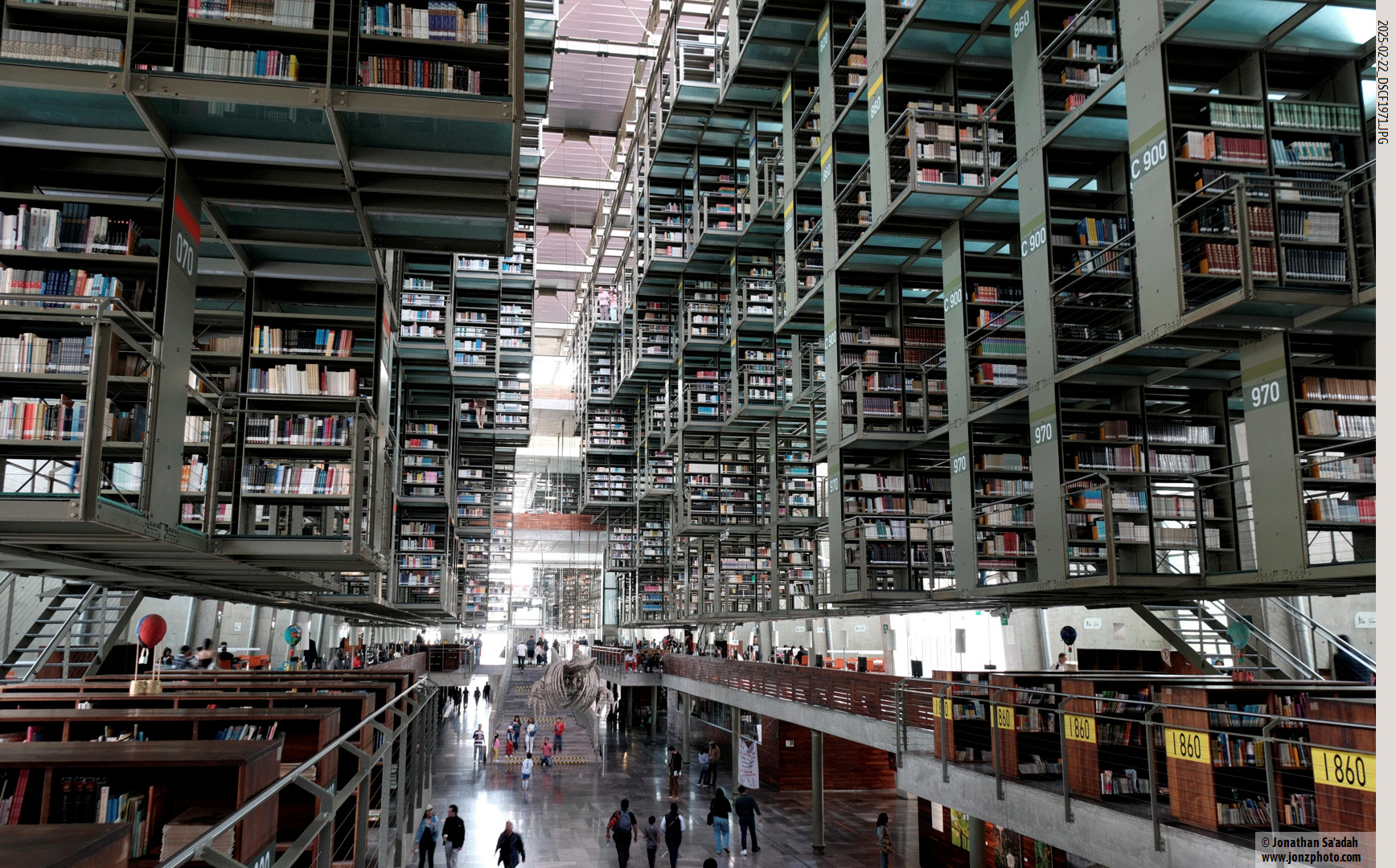
The architectural design of Biblioteca Vasconcelos is an example of modern creative ingenuity. The building’s side windows allow natural light to flood the interior, creating a serene reading environment that inspires contemplation and study. The stacks, suspended from the ceiling, give the impression of books floating in mid-air, challenging conventional library design and offering a visually striking experience. This innovative concept encourages visitors to engage with the space in a more dynamic way, as they navigate through the airy layout.
I’ve always photographed in libraries. I enjoy books and the spaces designed for their use. This time there was a problem though. A woman in a semi-official uniform approached me, informing me in Spanish that photography was not allowed. To be honest, it seemed quite permitted, given the number of people snapping pictures on their phones. Unfortunately, a “Real Camera” is viewed differently. There was a loophole: I could apply for a permit at a specific office, allowing me to capture the stunning Mexico City architecture within. I was determined to document this unique space, since to me its beauty and functionality was worth sharing with a wider audience.
As I filled out the form for the photography permit, I couldn’t help but admire the intricate details of the library’s design. The open spaces were filled with the soft sounds of pages turning and quiet whispers. The atmosphere felt filled warmed by the shared love of literature, making it an inspiring environment for both photographers and bibliophiles alike!
The office I had been directed to was in the back of the library. I faced another woman, this one sitting at a crowded L-shaped desk near one of the doors that opened out onto the gardens. I asked if I could take pictures and was given a form to fill out. That, coupled with a Quebec driver’s license, and soon I received a plastic tag on a lanyard which gave me Official Status. Hooray, okay to use a camera!
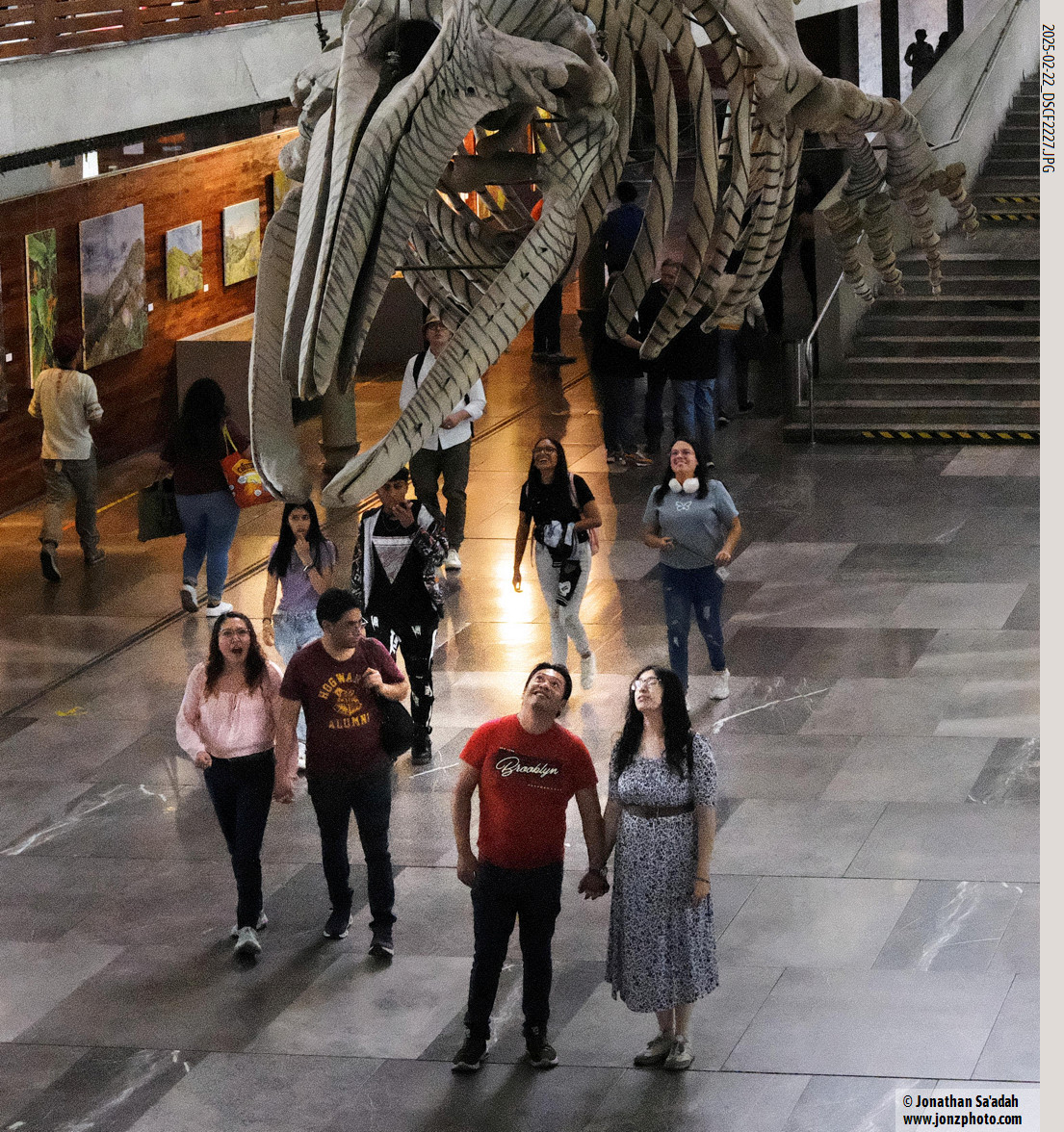
Mexico City’s Biblioteca Vasconcelos is such an unusual space – one can see the surprise and glee on the faces of people entering for the first time. Any resident can use the library, and many people do. The manner in which the stacks are suspended in mid-air creates a faceted and irregular space, playing with light and transparency. It’s a brilliantly imaginative way to design a library, and brave too in a city prone to powerful earthquakes. The library not only serves its primary purpose but also acts as a community gathering space, hosting events, workshops, and exhibitions that engage the public and foster a love for reading and learning. I don’t know if perhaps a part of what I was sensing was the public pride in the hard-fought win to break away from the book-banning controls of the Catholic Church – but it seems possible that this space embodies some of that pride too.
The library opened in May of 2006, designed by the architect Alberto Kalach and built next to the old Buenavista railway station, north of the city center. Housing a collection of 600,000 books (using the Dewey Decimal System!), it also features the hanging skeleton of a large gray whale decorated by the artist Gabriel Orozco called “Matrix Móvil”. I saw a retrospective of Orozco’s work in the Museo Jumex (March, 2025) which I’ll describe in a later post. The whale creation is well traveled, having been shown at the Museum of Modern Art in New York in 2009.
Biblioteca Vasconcelos stands as a beacon of modern architecture and culture in Mexico City. Its unique design honors the communities, reading public, artists, and scholars that use it. The library exemplifies how architecture can inspire a love for literature and create a sense of belonging among its visitors. Whether you are an avid reader, a photography enthusiast, or simply curious about innovative design, a visit to Biblioteca Vasconcelos is sure to leave a lasting impression. If you are in Mexico City it’s a must. It’s a short Metrobus ride north of the city center, and there’s a metro stop (Buenavista) nearby. The combination of literature, art, and innovative design makes Biblioteca Vasconcelos an essential stop for anyone visiting the city.
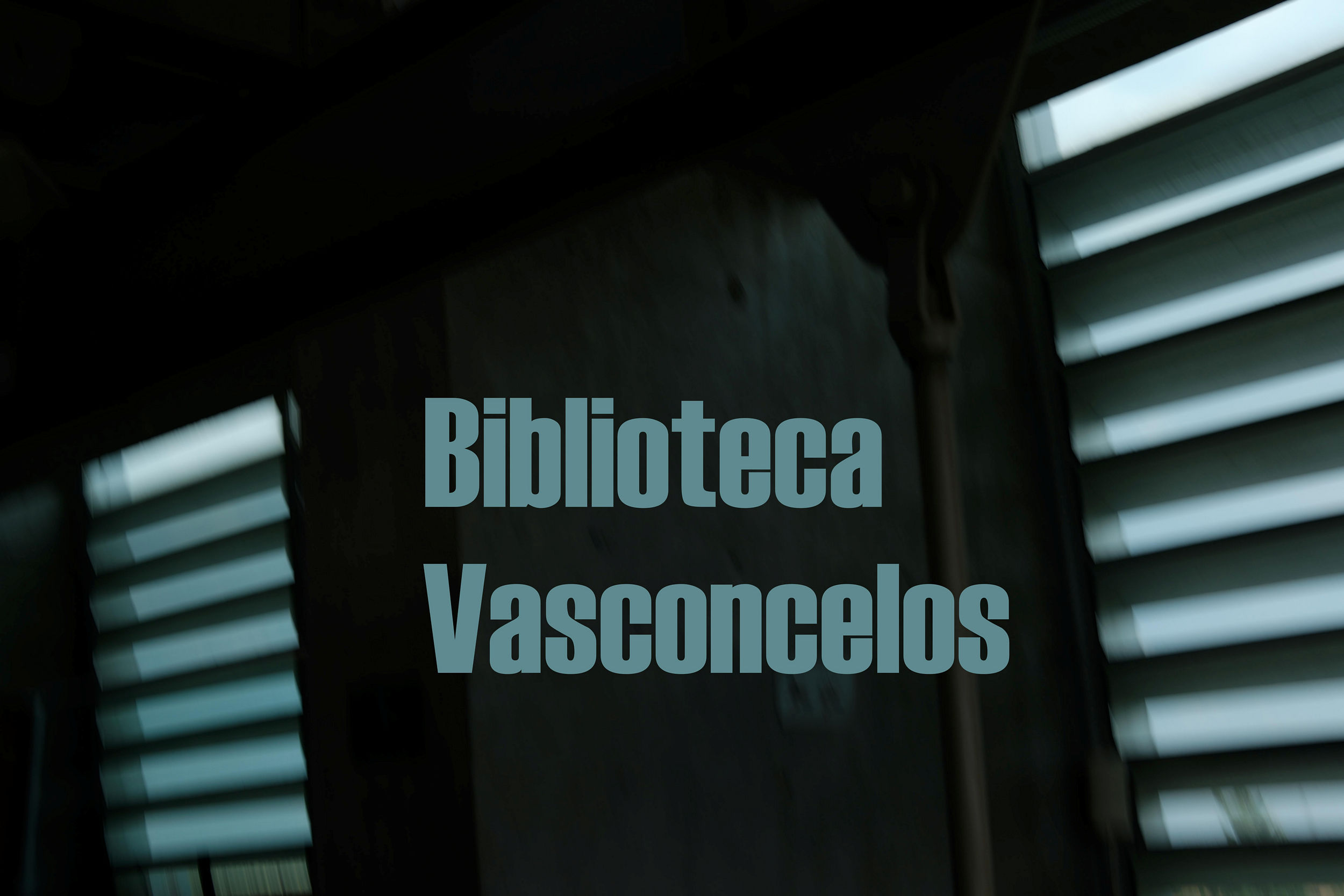






















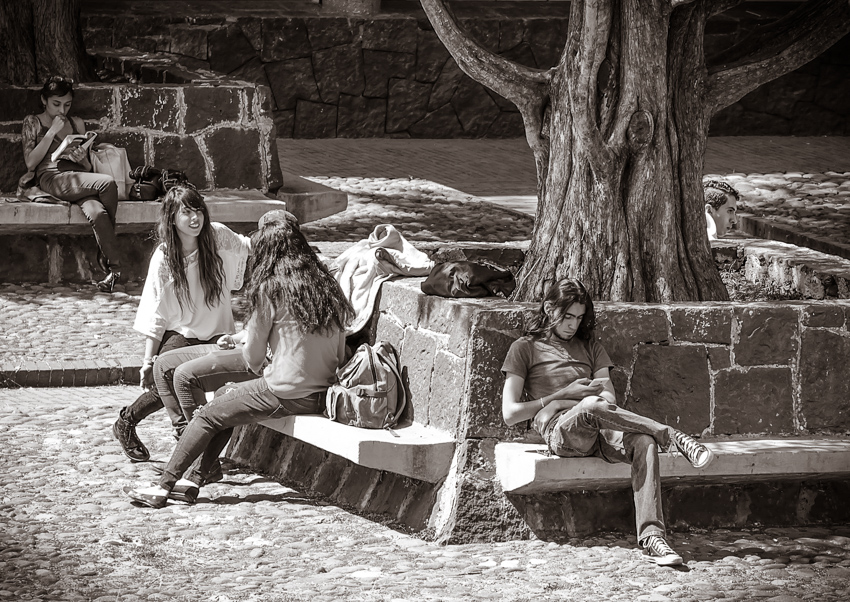
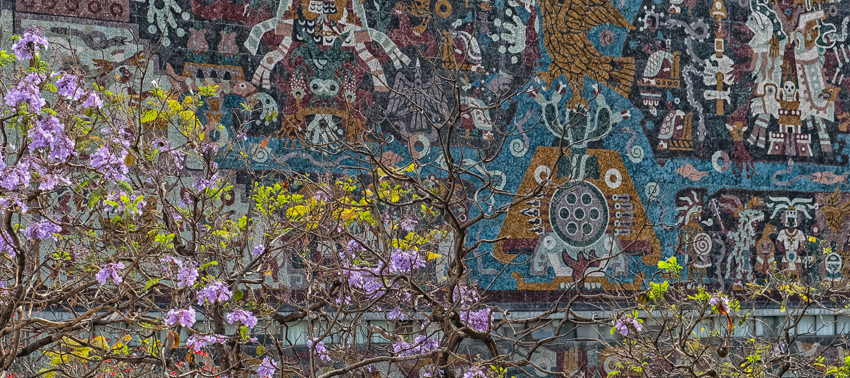



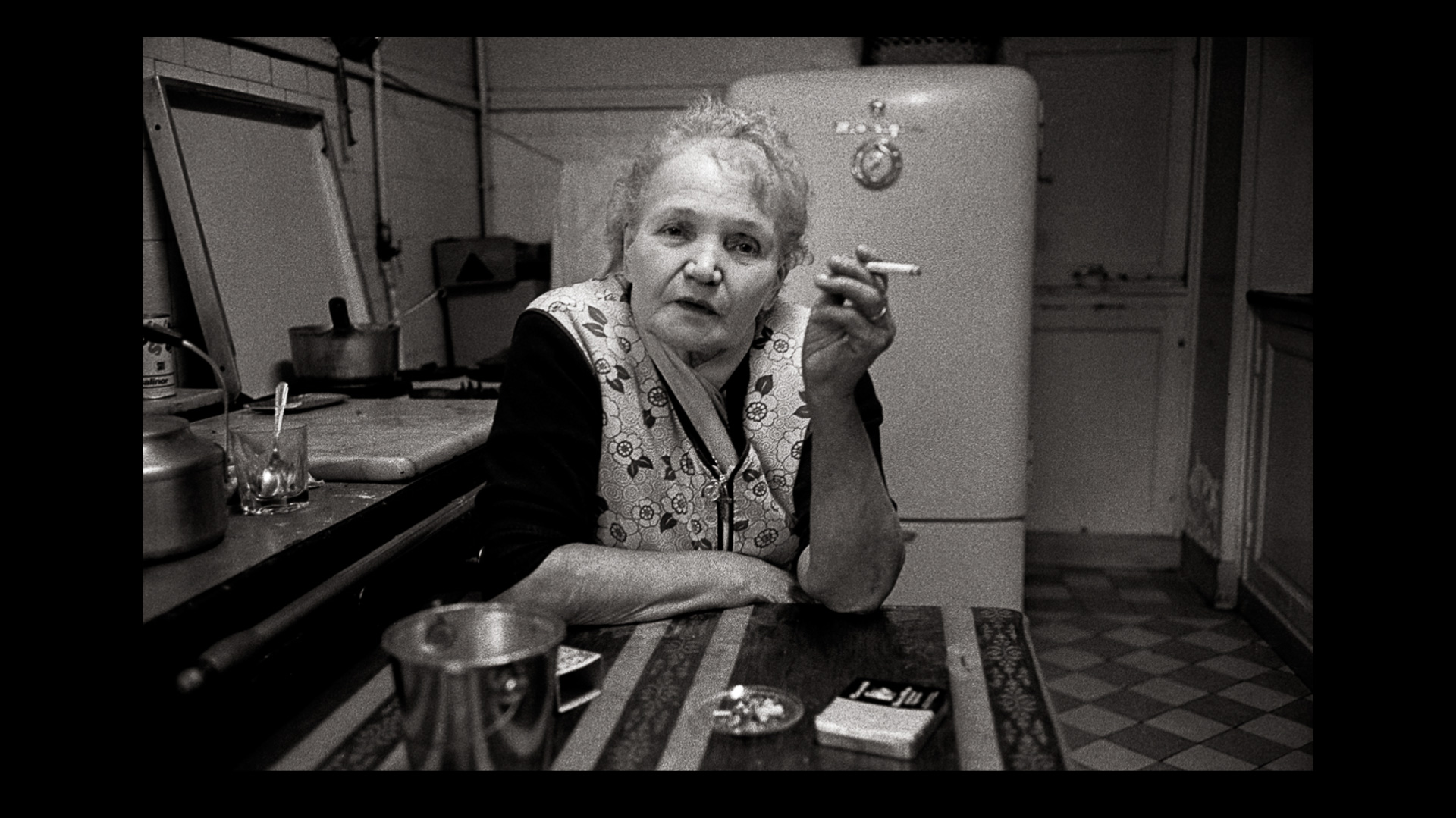



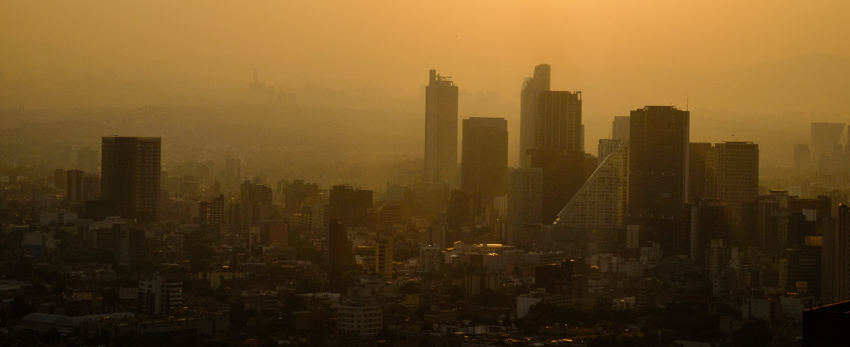

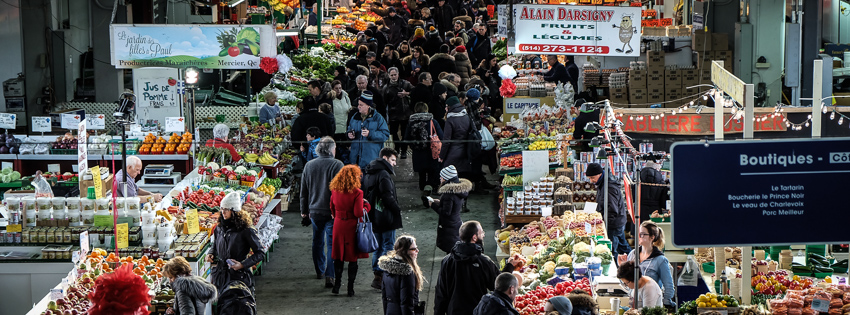

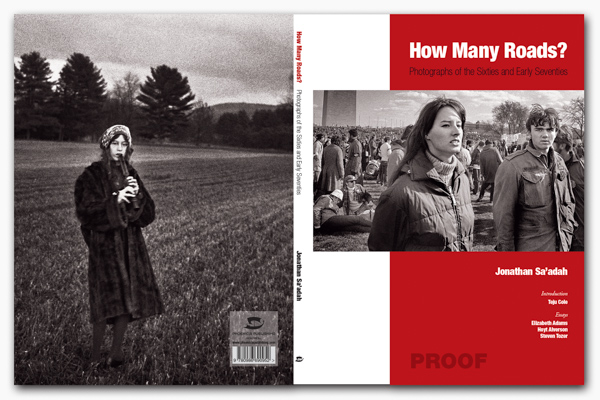
Recent Comments